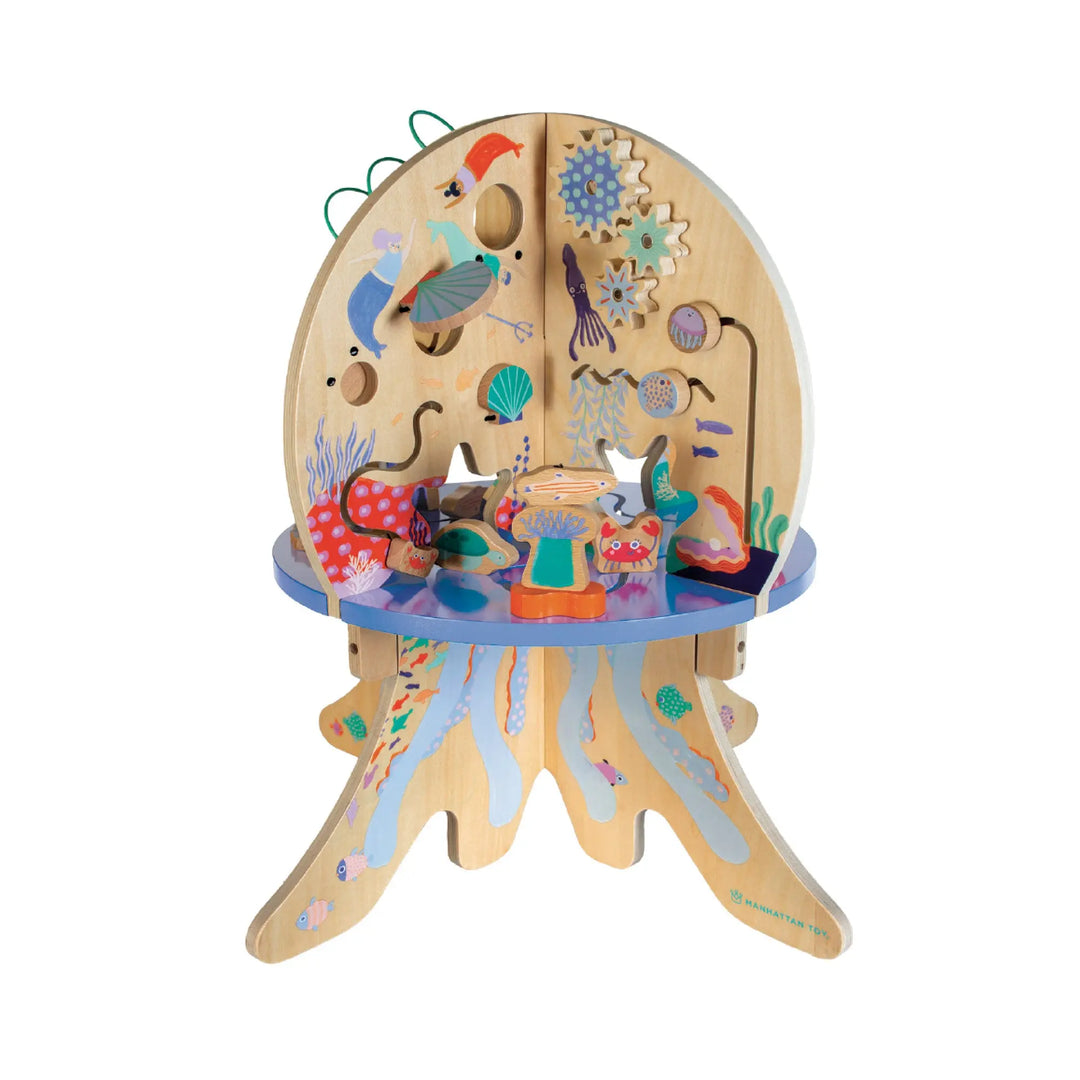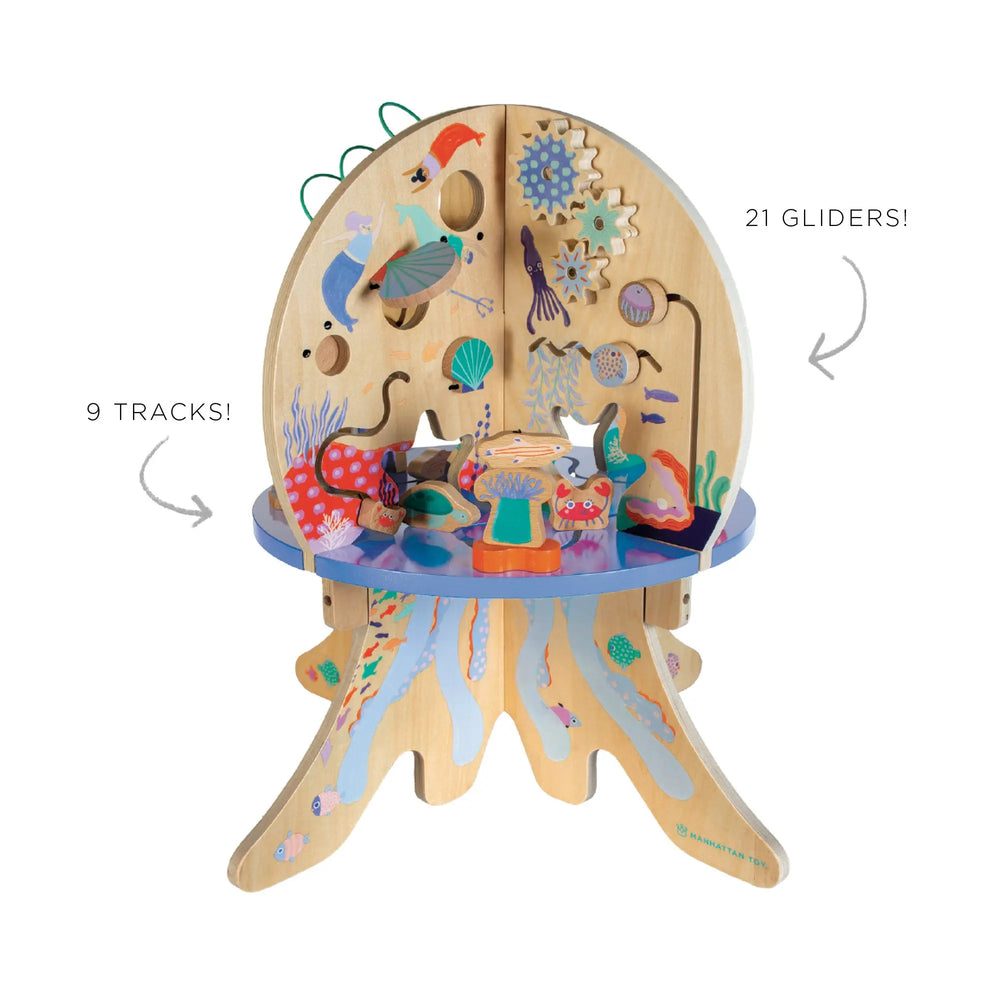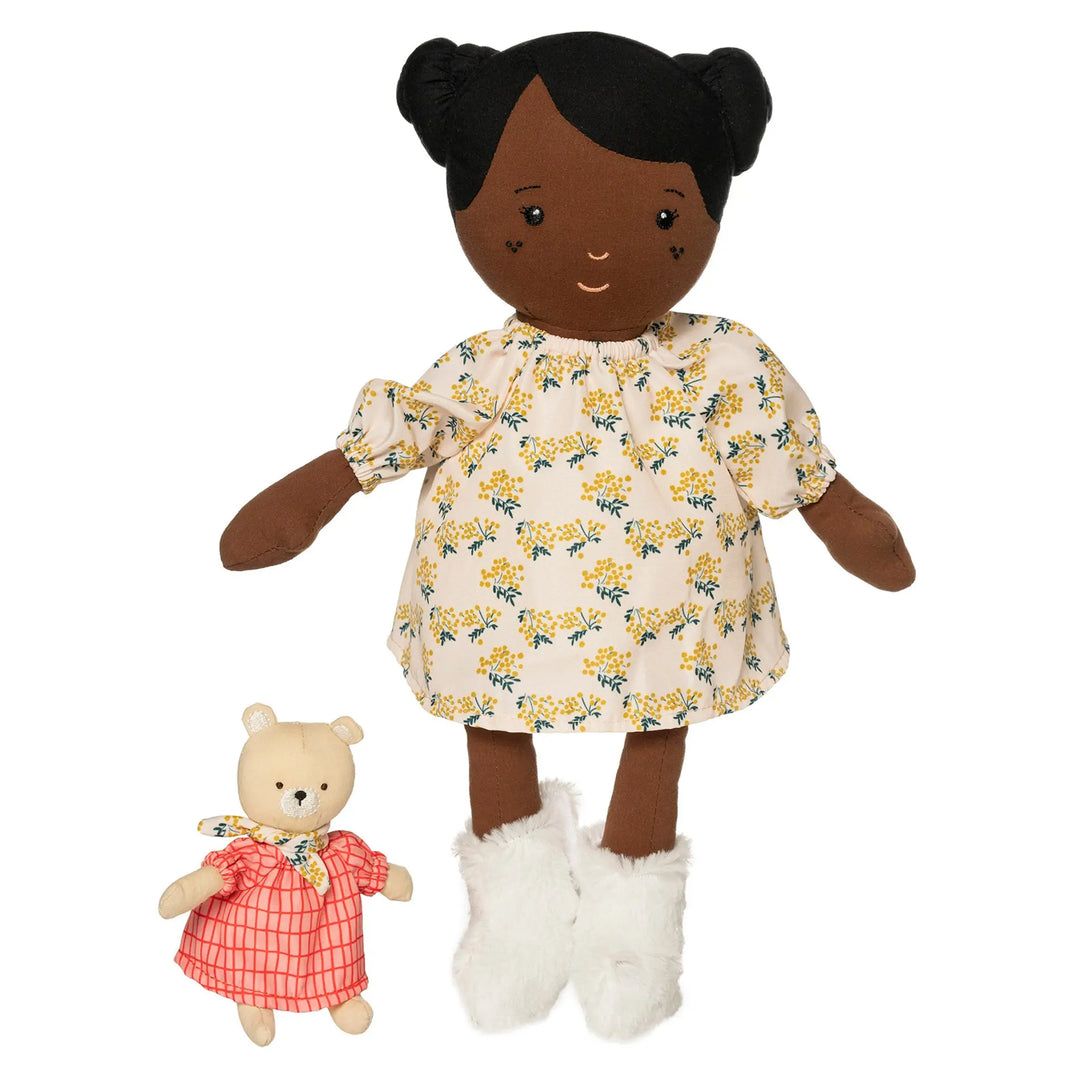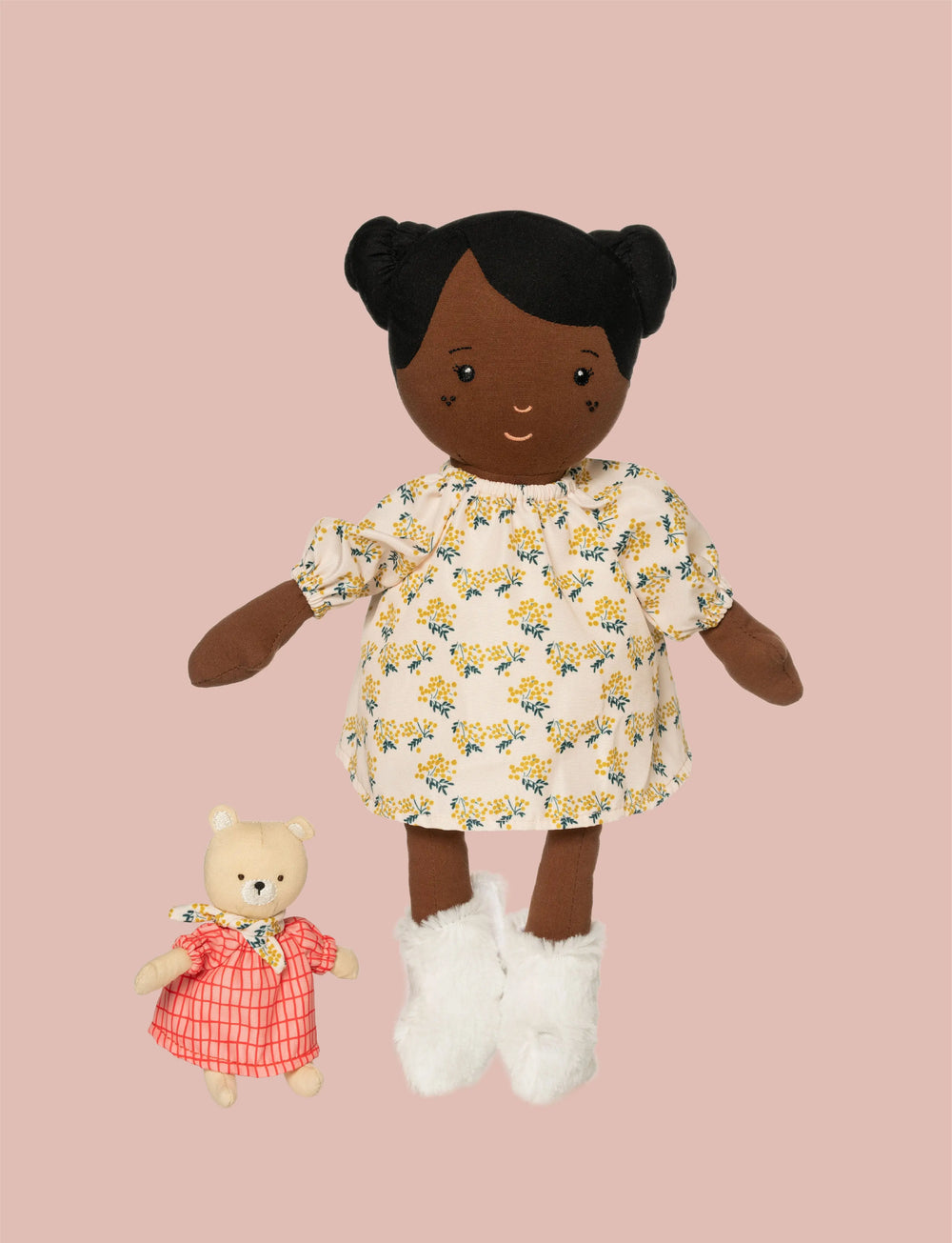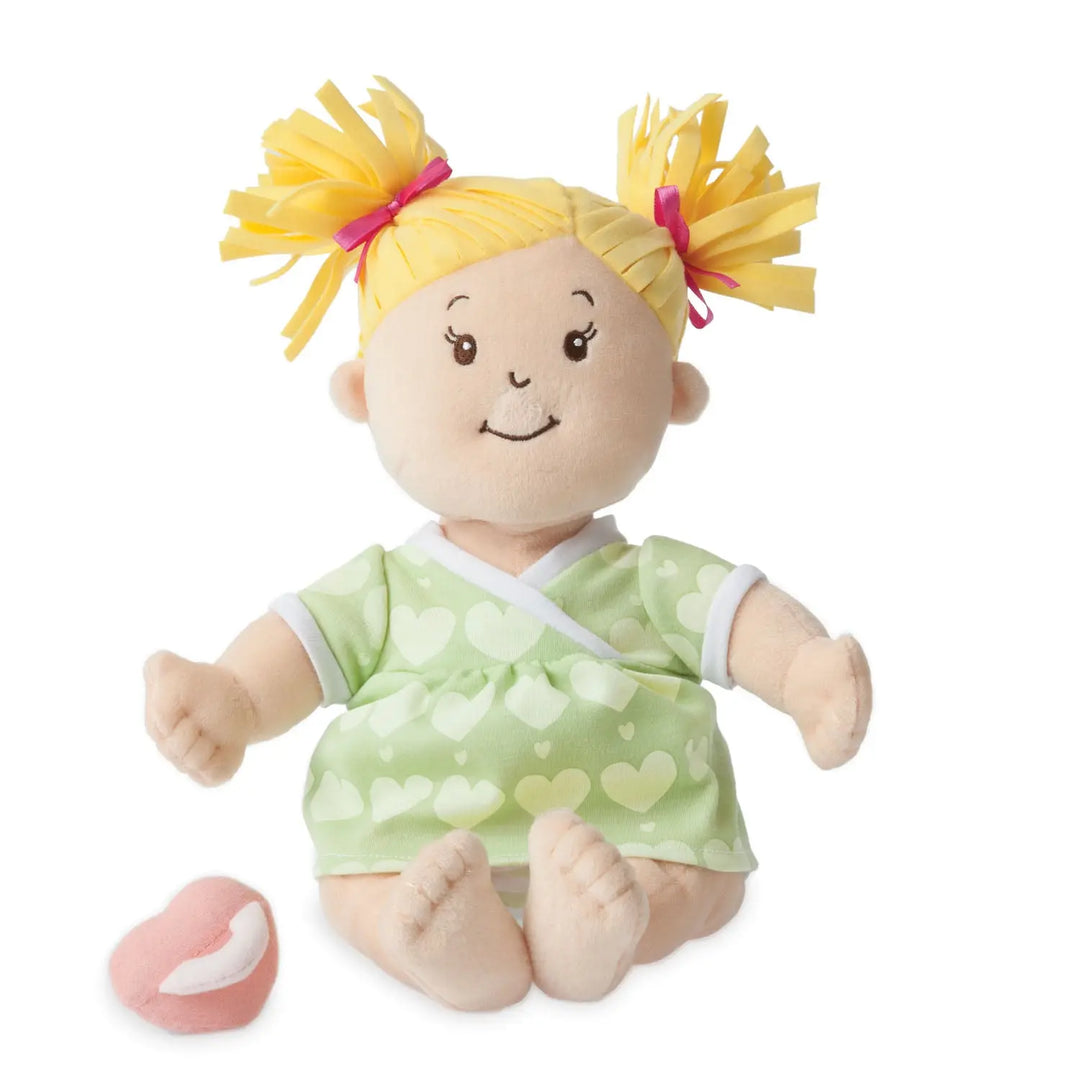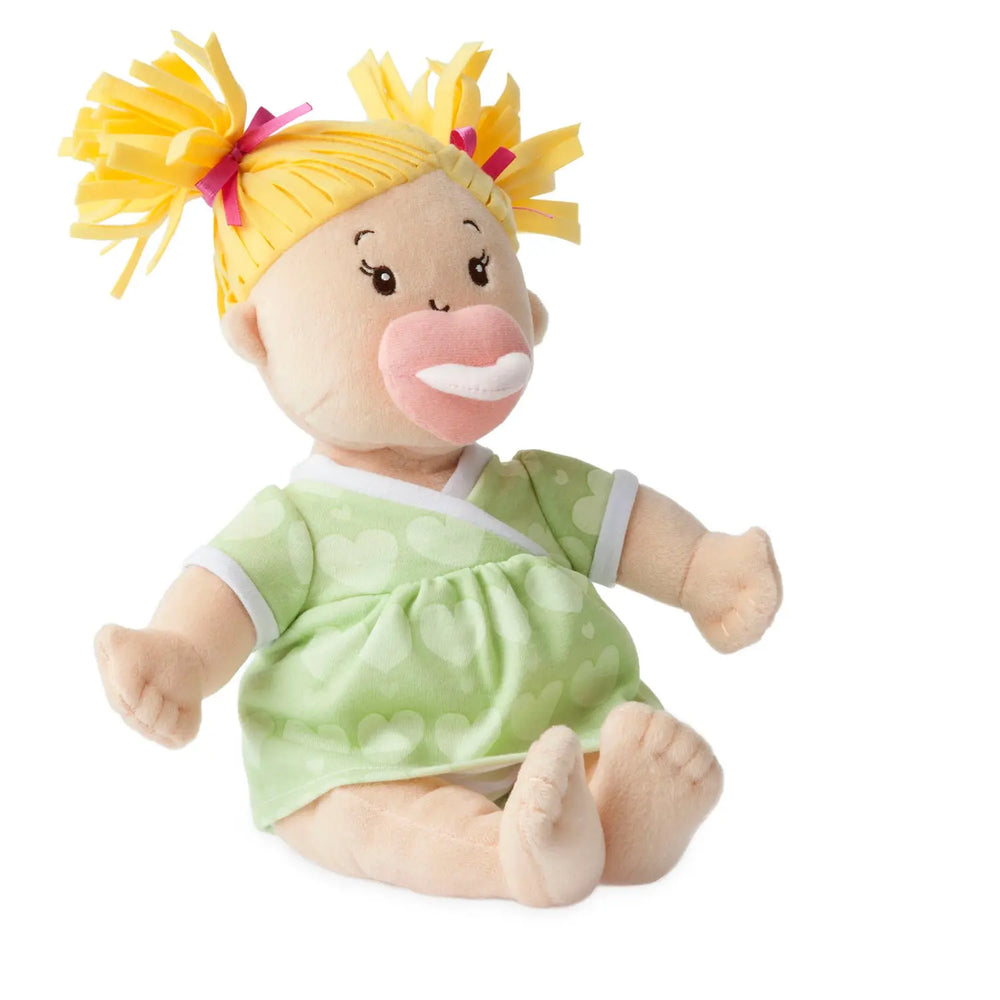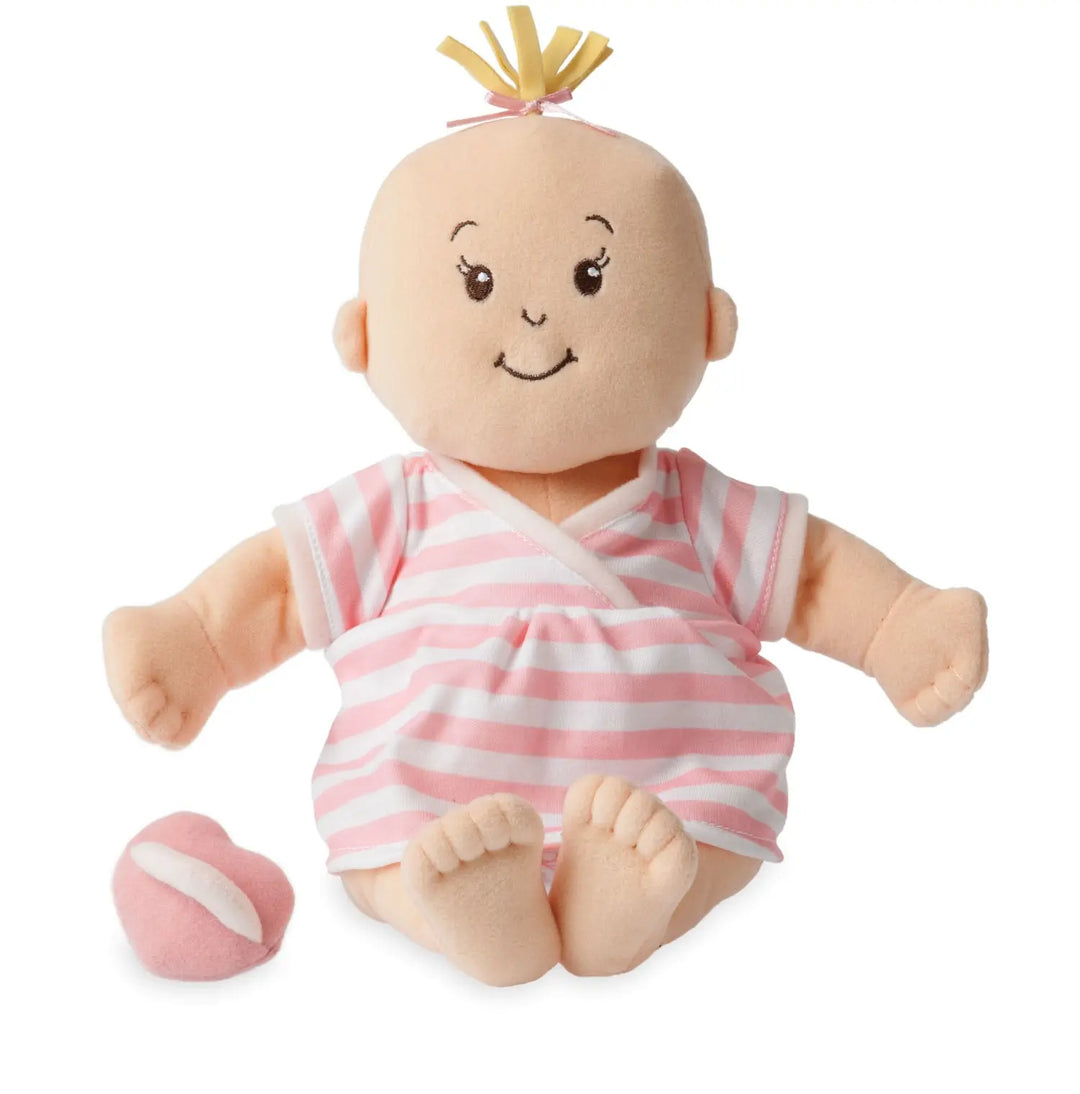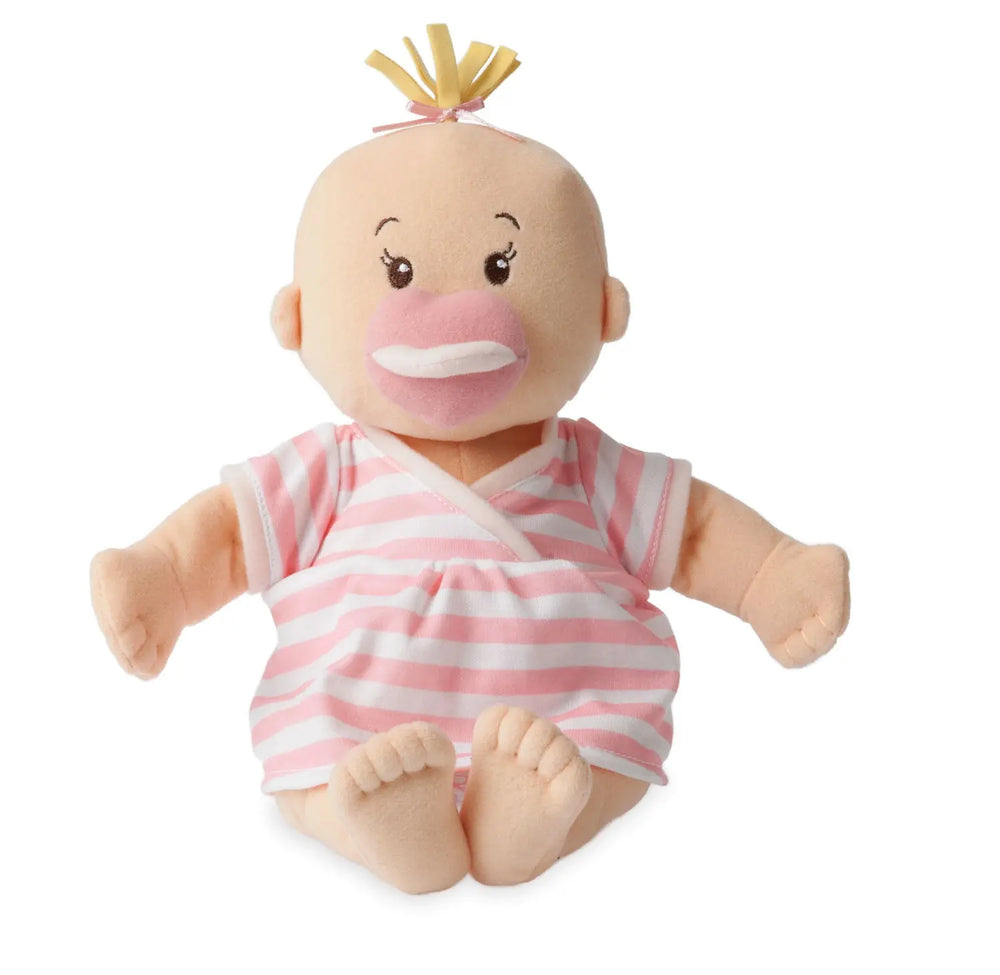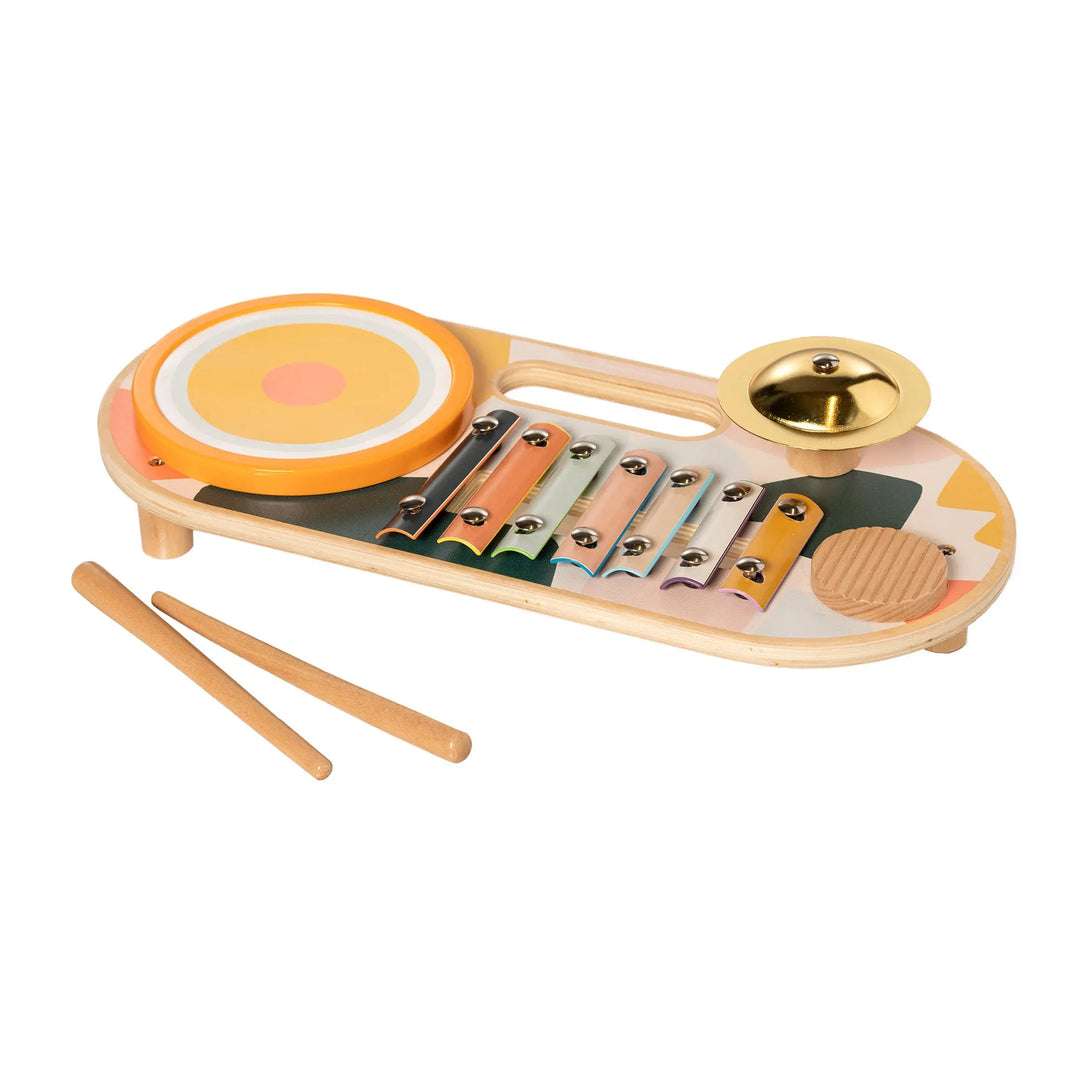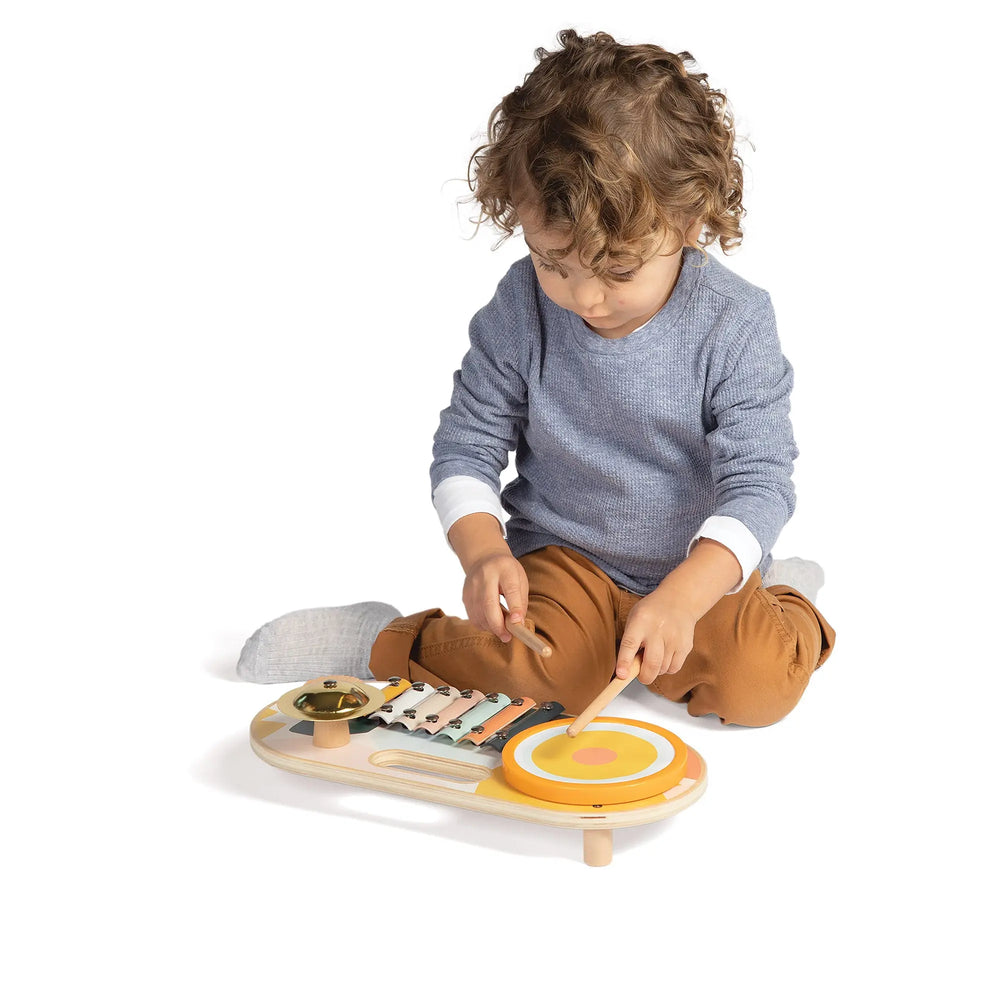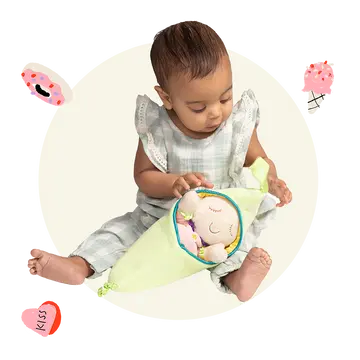Sensory Learning Tips YOU need to know
Kaila Weingarten, MS Ed
We use our senses to learn every day without even realizing it. With your fingers you decide that the pot is too hot to touch without a towel. You answer the door after hearing the bell. An acrid odor warns you that something is burning. You look into the mirror to see if two colors match or clash. You taste a savory new salad and decide to ask for the recipe. All this is a seamless thought process, with our senses responding automatically and gracefully each time. The brain of your child is still changing and learning from each experience. In the first three years of life, each experience is new. Therefore, rapid changes occur in the brain. The brain is also flexible and ready to learn. Exploring with senses builds connections in the brain, if it is done with love and consistency. If they are not maintained, these connections will not last. Children who have no opportunity to explore remain with a small brain. Studies with abused or neglected children found that children who were rarely touched or spoken to and who had little opportunity to explore and experiment with toys, had brains that were 20-30% smaller than children their age. (Ounce of Prevention, 1996) Each loving touch, each new outing, and every project you enjoy with your child helps his brain grow. Providing meaningful experiences, letting her explore the environment in a safe manner, talking and playing along with your children will enable them to reach their full potential. Children differ a great deal with their need for sensory stimulation. Some children tire easily. Others have huge amounts of energy. Some feel overstimulated by a room with a lot of toys and objects and need quiet, clean space in order to concentrate. Your perceptive observation skills will help you decide the learning needs of your child.  The body language of your child helps you provide more successful learning experiences that do not overload their emotional and sensory systems. Children give us ample signals of when they feel on overload. However, their signals may differ wildly. Some children shut down and seem uninterested, or they avoid looking at you. Some will throw objects, screaming and crying when frustrated. Your judgment is your best guide. Ask yourself:
The body language of your child helps you provide more successful learning experiences that do not overload their emotional and sensory systems. Children give us ample signals of when they feel on overload. However, their signals may differ wildly. Some children shut down and seem uninterested, or they avoid looking at you. Some will throw objects, screaming and crying when frustrated. Your judgment is your best guide. Ask yourself:
- Is my child ready for this new experience, but just now there are too many distractions, too many other choices available?
- Is the activity just too uncomfortable for my child? Do I need to wait?
- Do I need to spend more time to get my little one used to the new activity through words, focused personal attention, and careful planning?
- Water play is a fabulous, fun activity. You can fill a low container with water, add sponges, cups and keep your child occupied for a long time. Add soap for some bubbles. Make sure to keep a towel handy!
- Another great idea is play-dough. Children have fun squishing, pounding, and rolling with fingers and palms. Plastic cookie cutters and a small rolling pin enhance the experience.
- Fingerpaints can be fun although messy. Toddlers start out by tentatively exploring, and then learn to paint lines or scribbles. Older children can draw pictures.
- Have fun with a homemade touch and feel bag or box with a few toys or objects. Ask your child to stick in his hand in the partially closed bag and find the car, ball or block without looking. Or, you can ask what object he feels.
- Be sure to sing with your child. She will love swaying and clapping to easy chants. (musical toys can enhance and sing-song playtime)
- Play gentle music and songs each and every day. Alternate between new and familiar songs.
- Put on the music and dance with your child!
 Seeing
Seeing
- Colorful pictures in storybooks are just the thing to hold your young child’s interest.
- Go on outdoor walks together around the block or to a nearby park so they can experience interesting sights. Point to and talk about the different colors and images.
- Provide foods of attractive colors and textures.

- Try experiments with smell. Put cinnamon on buns you are warming for lunch. Encourage children to sniff the new scent as they enjoy the taste. Put in some vanilla extract in a little jar and let them smell the wondrous aroma.
- Children love to squish, taste, and lick foods. Be sure to draw your child’s attention to the wonderful aromas of foods prepared for snack and meal times.
